Simon Rehwald
Efficiently Checking Actual Causality with SAT Solving
Apr 30, 2019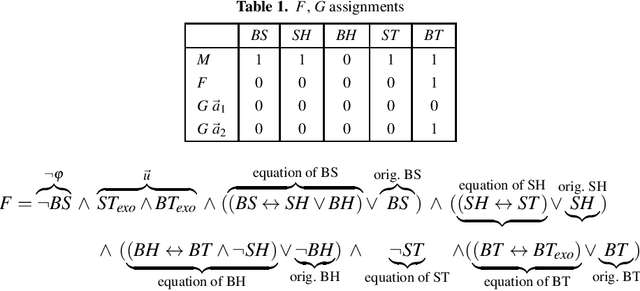

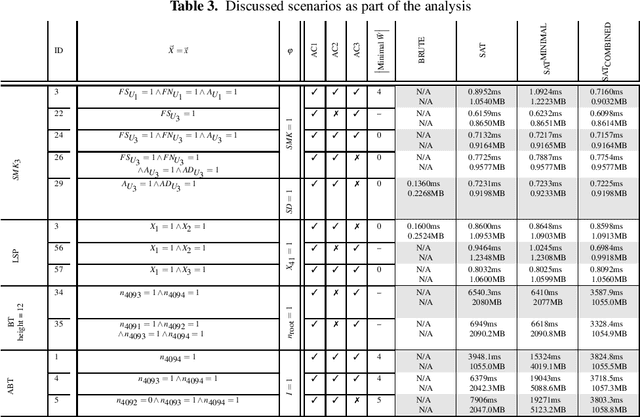
Abstract:Recent formal approaches towards causality have made the concept ready for incorporation into the technical world. However, causality reasoning is computationally hard; and no general algorithmic approach exists that efficiently infers the causes for effects. Thus, checking causality in the context of complex, multi-agent, and distributed socio-technical systems is a significant challenge. Therefore, we conceptualize an intelligent and novel algorithmic approach towards checking causality in acyclic causal models with binary variables, utilizing the optimization power in the solvers of the Boolean Satisfiability Problem (SAT). We present two SAT encodings, and an empirical evaluation of their efficiency and scalability. We show that causality is computed efficiently in less than 5 seconds for models that consist of more than 4000 variables.
ACCBench: A Framework for Comparing Causality Algorithms
Oct 10, 2017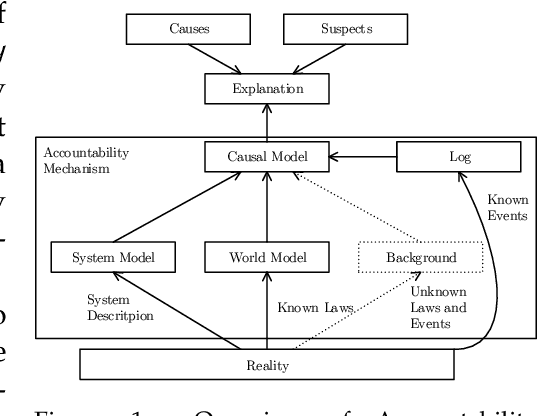

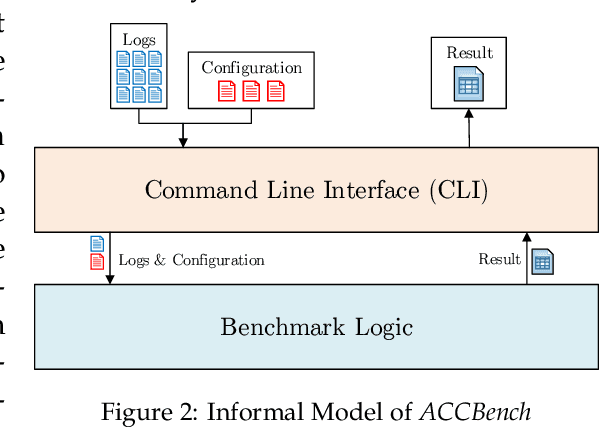
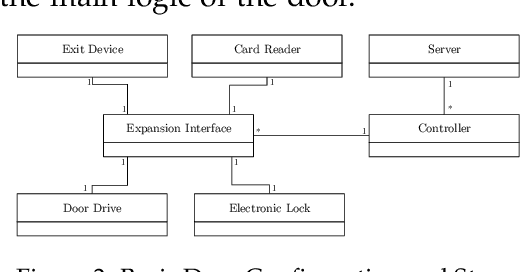
Abstract:Modern socio-technical systems are increasingly complex. A fundamental problem is that the borders of such systems are often not well-defined a-priori, which among other problems can lead to unwanted behavior during runtime. Ideally, unwanted behavior should be prevented. If this is not possible the system shall at least be able to help determine potential cause(s) a-posterori, identify responsible parties and make them accountable for their behavior. Recently, several algorithms addressing these concepts have been proposed. However, the applicability of the corresponding approaches, specifically their effectiveness and performance, is mostly unknown. Therefore, in this paper, we propose ACCBench, a benchmark tool that allows to compare and evaluate causality algorithms under a consistent setting. Furthermore, we contribute an implementation of the two causality algorithms by G\"o{\ss}ler and Metayer and G\"o{\ss}ler and Astefanoaei as well as of a policy compliance approach based on some concepts of Main et al. Lastly, we conduct a case study of an Intelligent Door Control System, which exposes concrete strengths and weaknesses of all algorithms under different aspects. In the course of this, we show that the effectiveness of the algorithms in terms of cause detection as well as their performance differ to some extent. In addition, our analysis reports on some qualitative aspects that should be considered when evaluating each algorithm. For example, the human effort needed to configure the algorithm and model the use case is analyzed.
* In Proceedings CREST 2017, arXiv:1710.02770
 Add to Chrome
Add to Chrome Add to Firefox
Add to Firefox Add to Edge
Add to Edge